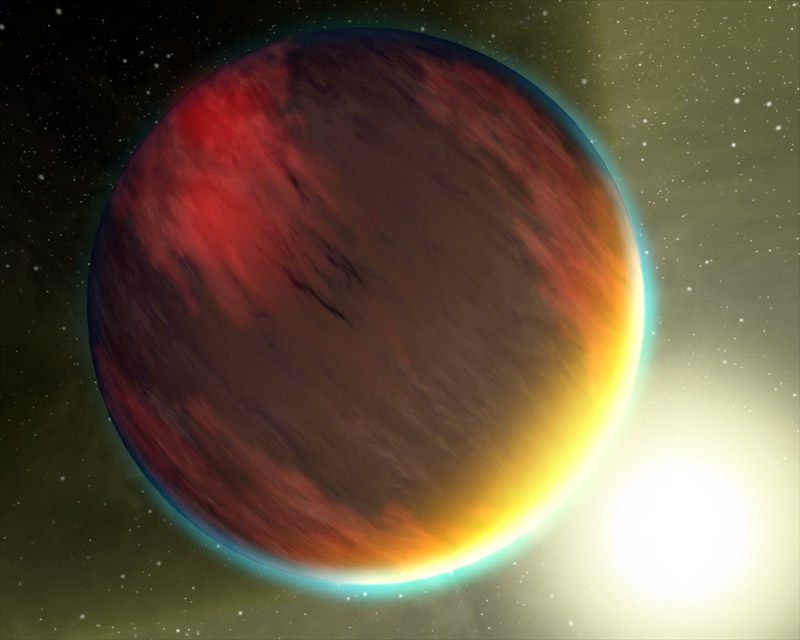Observations for Quarter 3:
March 3: Watched the lunar eclipse at various stages. Saw it come out from total eclipse. Couldn't find the moon previous to that, but was able to accurately estimate where it would've been. 2 hours.
March 1: Got out the telescope to look at the moon. Was able to see Mare Tranquilitatis, and I think Mare Imbrium. Saw lots of cratering. Best spot was along it's terminator, as the shadows made it easier to see the differing heights of the geography. 1 hour.
Feb. 28: Looked for different constellations. Saw Orion, Canis Major, Canis Minor, a bit of Gemini (just Castor and Pollux), and the Big Dipper.
Stars viewed: Betelgeuse, Bellatrix, Rigel, Mintaka, Alnitak, other belt star, Pollux, Castor, Procyon, Sirius, Polaris.
Planets: Saturn and Venus. Looked at Saturn with a telescope, but it got cloudy too quickly.
2.5 hours.
~Feb. 27: Watched the Moon and Venus go from being close, anglularily, to far apart. Took a picture. 1 hour.
Feb. 20: Mainly looked for nebulae. Found Pleides and M42. .5 hours.
Jan. 4: Tried looking for meteors. Found 1. Moon's light obscured any chance of seeing some. 1.5 hours.
Labels: Observations


